00:00
⚠️ Government Shutdown Alert: National parks remain accessible during the shutdown, but services may be limited—check official sources before visiting.
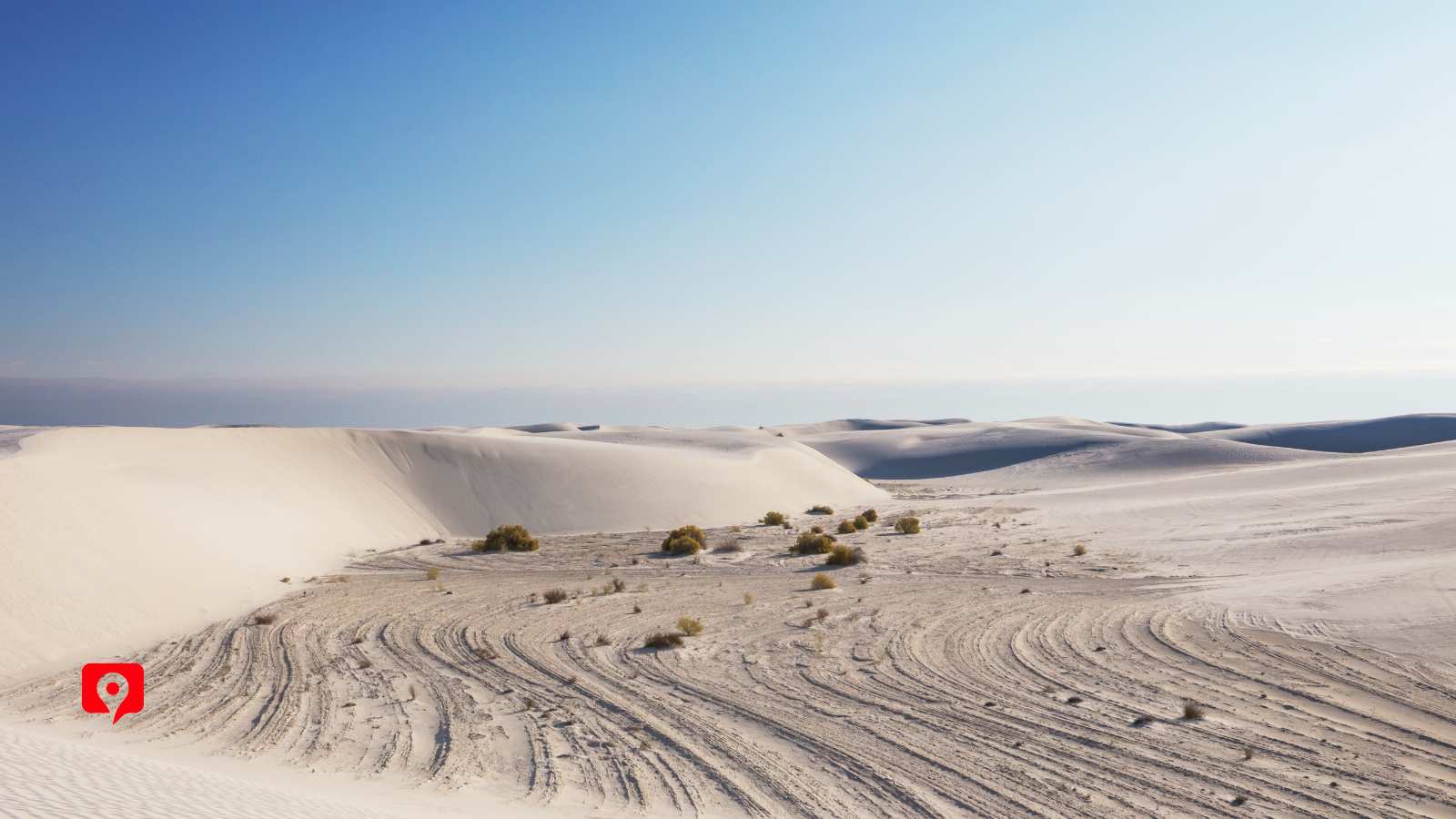
Embark on a self-guided driving and walking tour of White Sands National Park its stunning white dunes and magnificent alpine environs. Starting at the park gate, head toward the Dune Life Nature Trailhead to discover the amazing biodiversity. Explore the area’s rich history while hiking the renowned Alkali Flat trail, where you will have the opportunity to learn about the park’s prehistoric wildlife, Apache warriors, and J. Robert Oppenheimer’s contributions to atomic testing.
Enjoy accessible views of the strong vegetation and animals along the Interdune Boardwalk. The centerpiece of the tour is the Alkali Flat Trail, a four-mile walk across the dunes leading to a huge, level area with the best views of the park. Explore tales about the rich past of the area, historical disputes, and scientific successes to help you to better appreciate this special terrain.
White Sands National Park’s ideal location in southern New Mexico makes it a well-liked destination for American Southwest visitors. Driving along U.S. Route 70 most travelers arrive at the park. Alamogordo, New Mexico, is where guests may find lodging and services about an hour northeast of Las Cruces and 15 minutes from the park.
El Paso International Airport (ELP) is located approximately 90 miles southwest of White Sands National Park. The airport runs flights from all of the big airlines and provides a range of vehicle rental options. Usually taking 1.5 hours via US-70 East, the route to the park directly leads to its entrance.
Driving is the primary means of arrival and exploration of White Sands National Park from nearby towns including El Paso, Alamogordo, and Las Cruces with smooth roads. This approach allows visitors to have easy access to the main attractions of the park and breathtaking roadways.
Alamogordo
From Alamogordo, the drive to the park takes about 15 minutes. Head west on Highway US-70 towards Las Cruces, with the visitor center located on the right side of the highway approximately 15 miles from Alamogordo.
Las Cruces
From Alamogordo, New Mexico, the drive to the park takes about 15 minutes. Head west on Highway US-70 towards Las Cruces, with the visitor center located on the right side of the highway approximately 15 miles from Alamogordo.
El Paso
From El Paso, Texas, visitors have two primary routes to reach the park. The first route through Las Cruces involves taking I-10 West for about 39 miles to I-25 North. After traveling 7 miles on I-25, exit onto US-70 East towards Alamogordo. The visitor center is about 52 miles east of Las Cruces, just past the Border Patrol station. Alternatively, the second route goes through Alamogordo on US-54 East for 82 miles, then turn left onto US-70 West. The visitor center is 15 miles west of Alamogordo on the right.
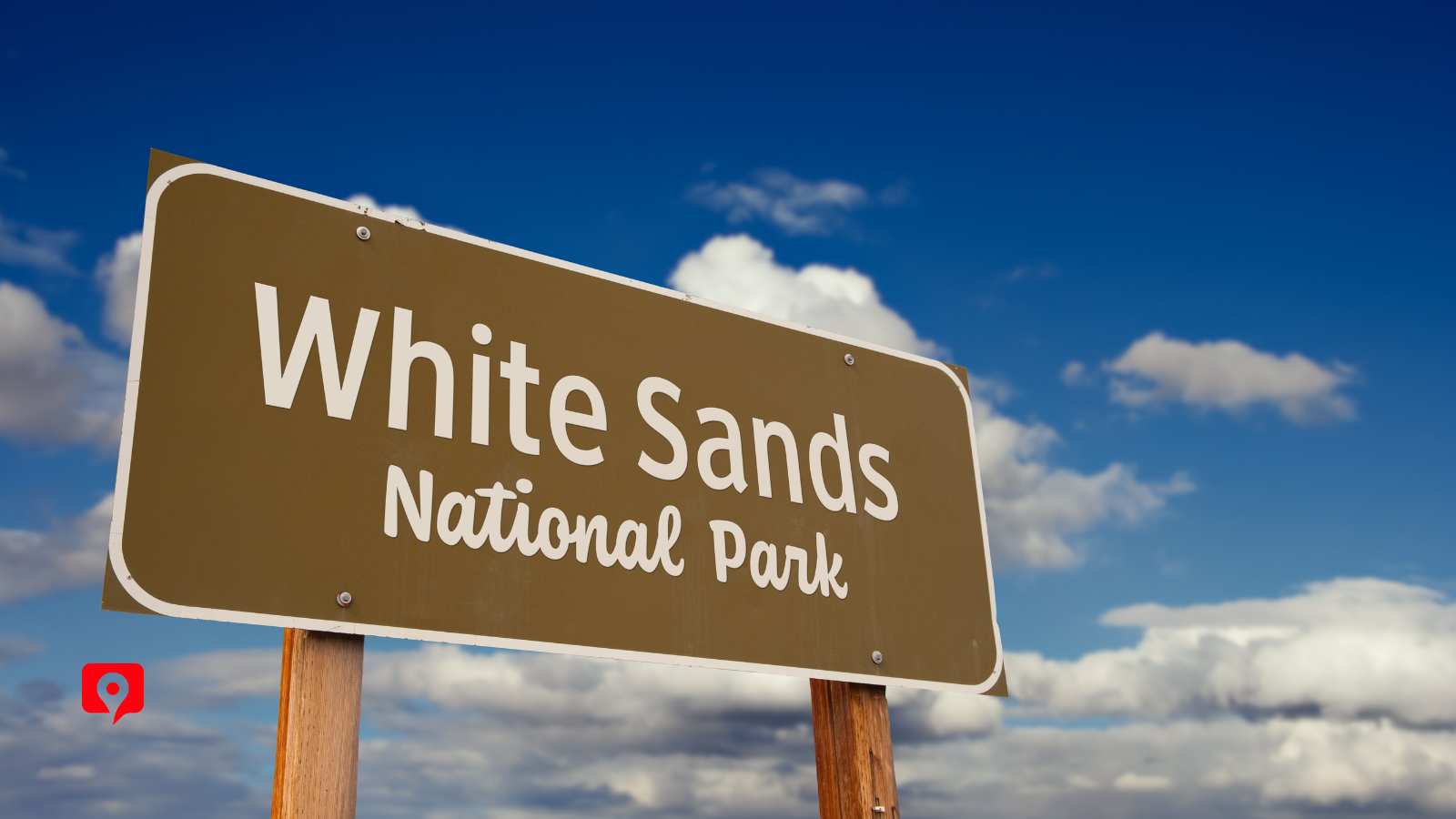
Entrance Fees
All visitors to White Sands National Park are required to purchase an entrance pass. Passes are available at all park entrance stations, which have transitioned to a cashless payment system, accepting only credit, debit, or digital wallet payments. Passes can also be bought online before your arrival to facilitate a smoother entry process. Options for entrance passes include single-day passes, vehicle passes valid for seven consecutive days, and annual passes. Visitors must display their park pass upon entering.
Purchasing the America the Beautiful National Parks and Federal Recreational Lands Pass is highly beneficial if you plan on visiting other national parks or federally managed lands throughout the year. This pass covers admission fees not only to White Sands National Park, but to all other national parks in the United States, as well as many national monuments, wildlife refuges, and historic sites. It provides an affordable opportunity to discover a variety of natural and cultural gems across the country.
Visitors to White Sands National Park can access a plethora of accommodations in the surrounding cities of Alamogordo, Las Cruces, and El Paso. There are abundant accommodations in these cities ranging from luxury hotels and charming bed and breakfast inns to affordable motels and vacation rentals. To suit various budgets and interests, all these hotels provide pleasant and handy accommodation for a leisureful stay near the park.
The closest town to the park, Alamogordo, offers family-friendly hotels with pools and other amenities geared for visitors. Las Cruces, a larger city, offers more diverse lodging options, from boutique hotels and fashionable appointed inns that blend local character with modern amenities. For travelers willing to drive a bit further, El Paso offers luxury hotel choices and full-service properties that are quite suitable to travelers who wish to spend more time in the region to visit other area attractions.
The best times to visit White Sands National Park are March through May and September through November. These seasons offer the most pleasant weather, with mild temperatures and fewer crowds. Spring brings comfortable daytime temperatures from the 60s to 80s°F, while fall provides similar conditions, with cooler evenings perfect for stargazing.
Winter, December to February, is also a good time to visit, especially if you prefer cooler temperatures. Daytime highs range from the 40s to 60s°F. However, it can get quite cold in the mornings and evenings, and occasional snow adds a unique beauty to the landscape.
Summer, from June to August, can be extremely hot, with daytime temperatures often exceeding 100°F. While summer provides extended daylight hours, outdoor activities are less ideal, as the intense heat can make hiking and exploring more challenging. If visiting in summer, it’s best to go early in the morning or late in the evening to avoid the heat.
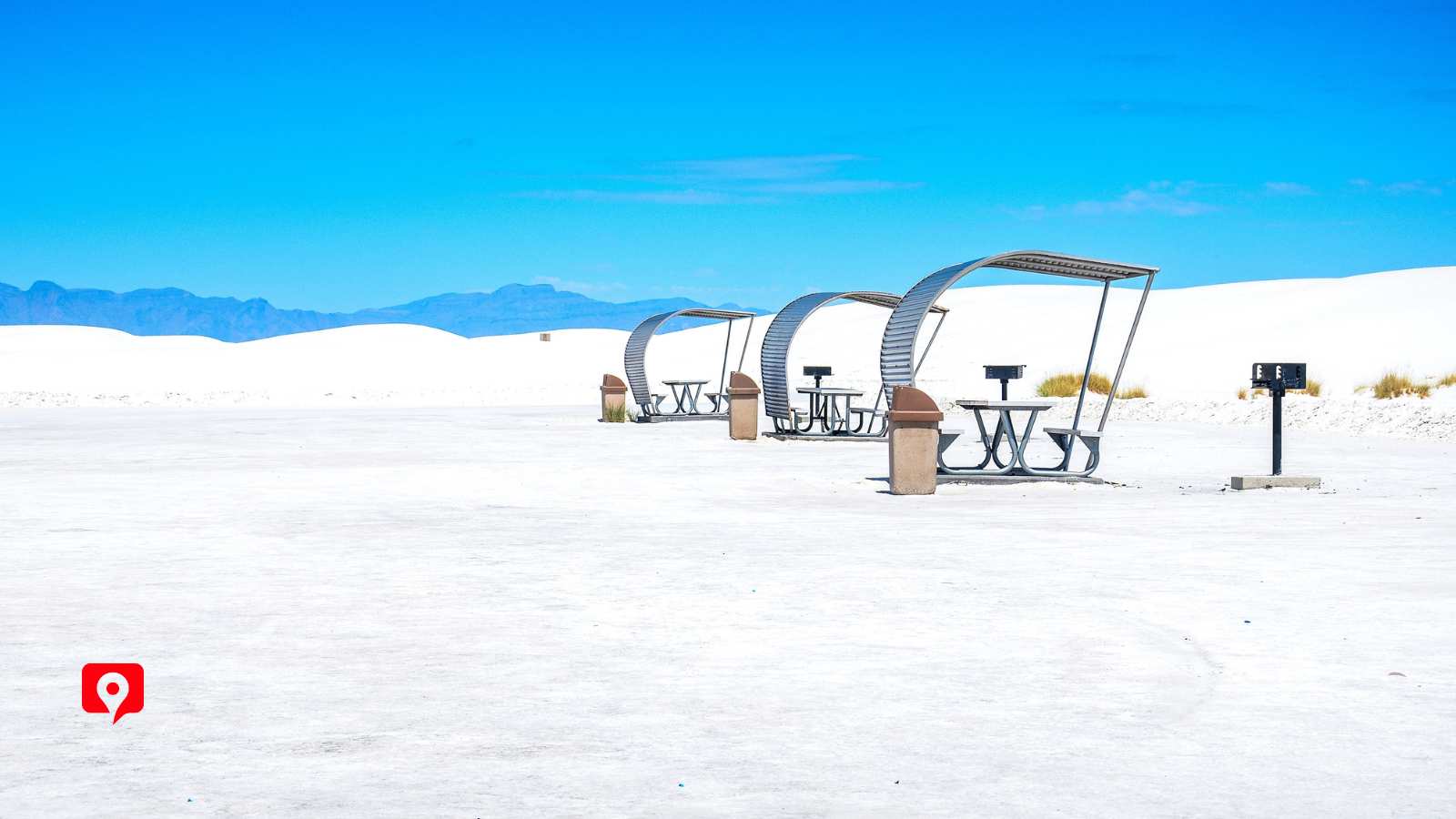
Discovering White Sands National Park can be tailored to your preferences and the time you have left. With 2 to 3 hours you can see the park’s highlights including driving along Dunes Drive, going on a nature walk, and participating in sand sledding.
If you have more time, spending half a day—roughly 4 to 5 hours—lets you engage in more activities including hiking along the park’s authorized paths and attending ranger-led programs. This longer stay offers a more in-depth experience of the park’s distinctive surroundings.
Dedicating a whole day could be the perfect opportunity to really soak in all that’s on offer, from sunset strolls to full moon hikes. This way, you may truly enjoy the natural beauty of the park and take part in various events they hold throughout the year.
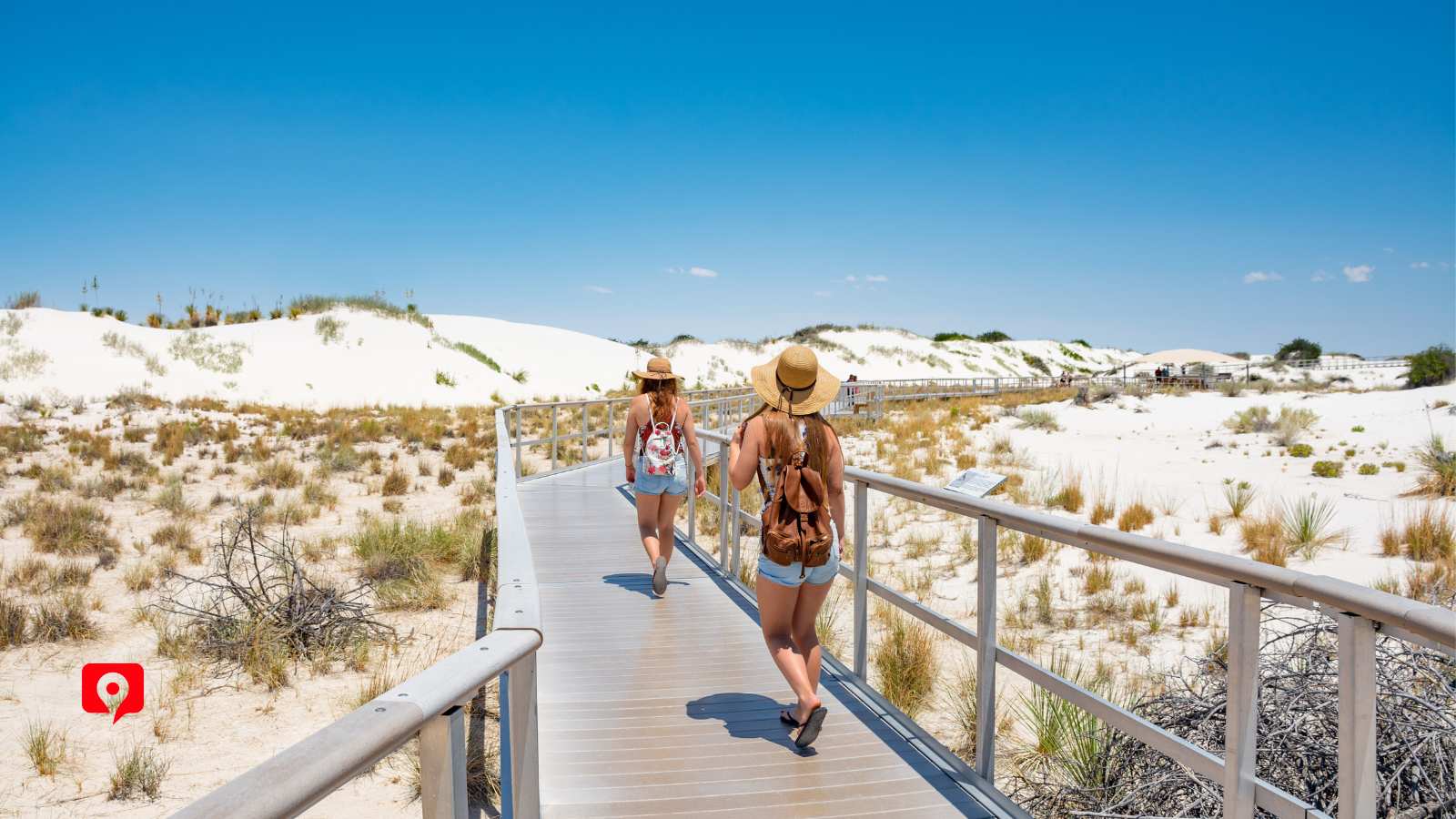
Visiting White Sands National Park during the off-seasons would help you to avoid the throng. Usually, the winter season of January and December, along with the autumn season, are less congested. This allows you to appreciate the park’s sharp beauty and strange scenery without the disturbance of people, hence providing a more calm experience.
In addition, visiting either early in the morning or late in the afternoon will enhance the experience. These periods are less busy and provide softer light for photography, which is particularly striking on the gypsum sand dunes. This is especially a good strategy during the peak tourist seasons, so that you can walk into the open areas and enjoy quiet moments even when the park is otherwise busier.
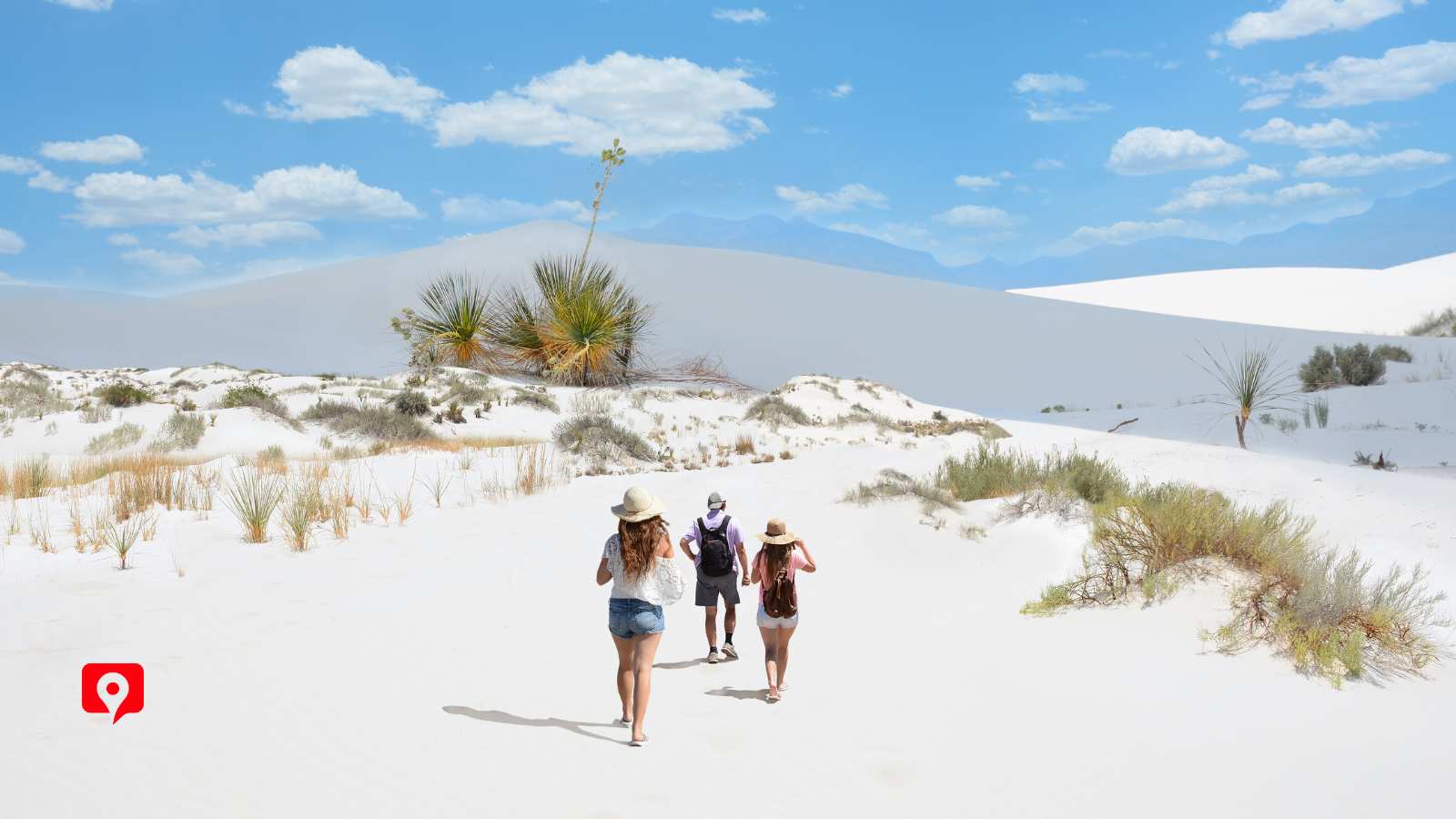
Alkali Flat Trail
Explore the Alkali Flat Trail, the park’s most popular hike, spanning about 5 miles round-trip. This three-hour journey covers diverse terrain and is strenuous, leading you through vast sand dunes and showcasing spectacular mountain vistas, culminating in an impressive expanse of flattened sand. Leashed pets are welcome to join in the adventure. Make sure to carry plenty of water, sunscreen, and your phone to enjoy guided stories along the way.
Dune Life Nature Trail
The Dune Life Nature Trailhead is perfect for those seeking a brief, enjoyable hike. This one-mile trail is family-friendly and allows leashed dogs, making it accessible for all visitors. Positioned at the edge of the dunes, the trail provides an intriguing glimpse into an ecotone—a unique area where the desert dunes and scrub converge. This convergence creates a diverse ecosystem, offering hikers a chance to observe a variety of plants and animals that thrive in this unique environmental overlap.
Backcountry Camping Trail
Explore the Backcountry Camping Loop Trail, a moderately challenging 2-mile round trip that takes about an hour to complete. This trail is popular among backpackers, especially those connecting from other trails, and welcomes leashed dogs. While the trail offers an engaging hike, please note that backcountry camping within the park is currently unavailable as the sites are under rehabilitation by the National Park Service, with no set reopening date. Keep this in mind as you plan your visit, and I’ll guide you to the trailhead shortly.
Interdune Boardwalk
The Interdune Boardwalk is an ideal spot for those looking to explore White Sands’ stunning dune landscape comfortably. This ADA-accessible, half-mile round trip boardwalk allows visitors to appreciate the vast white dunes up close without disturbing the delicate sandy environment. It plays a crucial role in the conservation efforts of the park by protecting the fragile ecosystem and the originating vegetation of the dunefield. Simply staying on the path helps preserve the area’s natural beauty.
One of the favorite activities in White Sands is sledding on the soft gypsum dunes. Sleds are available for purchase at the park gift shop, and one can enjoy the exhilaration of sliding down the dunes. The dunes are powdery and behave like snow and are perfect for sledding. The loop area of Dunes Drive is the best place to go sledding, away from the road and where there is little vegetation. Educate yourself about good sledding habits and safety precautions first so that it can be enjoyed by all ages.
White Sands National Park is a photographer’s paradise. You’ll find plenty of opportunity to get stunning shots of the dunes, whether you’re professional or a beginner, especially at sunset or golden hour. The stark white sands make for a fascinating contrast to the mountains that surround them, and the shifting light throughout the day means you have a constantly evolving landscape. You can also find photography programs with park rangers in the park, great for honing your skills.
White Sands National Park is an ideal location for stargazing because it has dark skies with minimal light pollution. The park provides occasional full-moon nights and night sky programs where visitors have the opportunity to explore the wonders of the universe with the help of park rangers. The stars that shine above the dazzling dunes are really stunning, and the night sky experience is definitely unforgettable.
Park rangers organize programs and activities year-round that allow you to explore the park’s natural and cultural history. The programs led by rangers are generally seasonal and vary from guided walks to stargazing. You’ll have a chance to learn more about the park’s geology, wildlife, and unique environment from knowledgeable rangers. The programs are ideal for you if you are keen on learning more about the dunes and their history while exploring the park in a more structured way.
Layered Clothing and Footwear: Dressing in layers helps you stay comfortable as temperatures shift during the day. At White Sands, the terrain ranges from soft dunes to rougher, rocky areas, so wearing sturdy shoes is essential for both comfort and safety.
Daypack: It is a good idea to bring a daypack with essentials on any longer outdoor adventure, especially in a remote area like White Sands.
Sun Protection: The intense sunshine and reflective nature of the gypsum sand amplify sun exposure, making high SPF sunscreen, sunglasses, and hats a necessity.
Stay Hydrated: It is necessary to bring plenty of water, as recommended by the National Park Service and other authorities. At least one gallon of water per person per day is recommended due to the arid nature and hot weather, especially during summer.
Binoculars and Camera: The wide open spaces and wildlife spotting at White Sands make these tools useful to maximize the trip.
First Aid Kit: This is a must for any park visit, particularly to isolated areas where medical response may be delayed.
Navigation Tools: The open, expansive landscape is confusing, and distances are easily misjudged. Bringing a compass, GPS, or decent map is helpful, especially if venturing far from the principal sites. The weather should always be checked before a visit, as the weather can change rapidly, such as sandstorms and thunderstorms.
Trash Bag: Very important. White Sands encourages a “leave no trace” ethic to maintain its pristine condition, making a trash bag necessary to carry out waste.
Headlamp or Flashlight: Important for those staying late. If visitors plan on experiencing sunset or sunrise, which are spectacular at White Sands, having a light source is important for safety.
Please fill out this form and let us know
17 Mile Drive Acadia ALABAMA Alberta Arches ARIZONA Badlands Banff Kamploos Big Bend National Park Big Island Big Sur Black Hills Blue Lagoon Bryce Canyon CALIFORNIA CANADA Canadian Rockies Canyonlands Capitol Reef Catskills COLORADO Crater Lake Cuyahoga Valley Death Valley Delicate Arch Everglades FLORIDA Florida Keys Freedom Trail Glacier Grand Canyon Grand Prismatic Grand Teton Haleakala HAWAII Hidden Valley Honolulu Iceland Iceland Golden Circle Itineraries Joshua Tree Kancamagus Kauai Keweenaw Lake Superior North Shore Lake Tahoe Lassen Volcanic Louisiana MAINE Massachusetts Maui MICHIGAN Miinesota MINNESOTA Montana Monument Valley Mount Lemmon Mount Rainier Mount Rushmore National Park NEVADA New Hampshire New Mexico New River Gorge NEW YORK Niagara Falls NORTH CAROLINA North Cascades Oahu Ohio Old Faithful Ontario OREGON Redwood Reykjanes Peninsula Rocky Mountain Route 66 Saguaro Sedona Smokies Snæfellsnes Peninsula Sonoma And Napa Valley SOUTH DAKOTA Tech Tips TENNESSEE Texas Travel Tips Trip Planners USA UTAH Videos Waikiki WASHINGTON West Thumb West Virginia White Sands WYOMING Yellowstone Yosemite Zion
